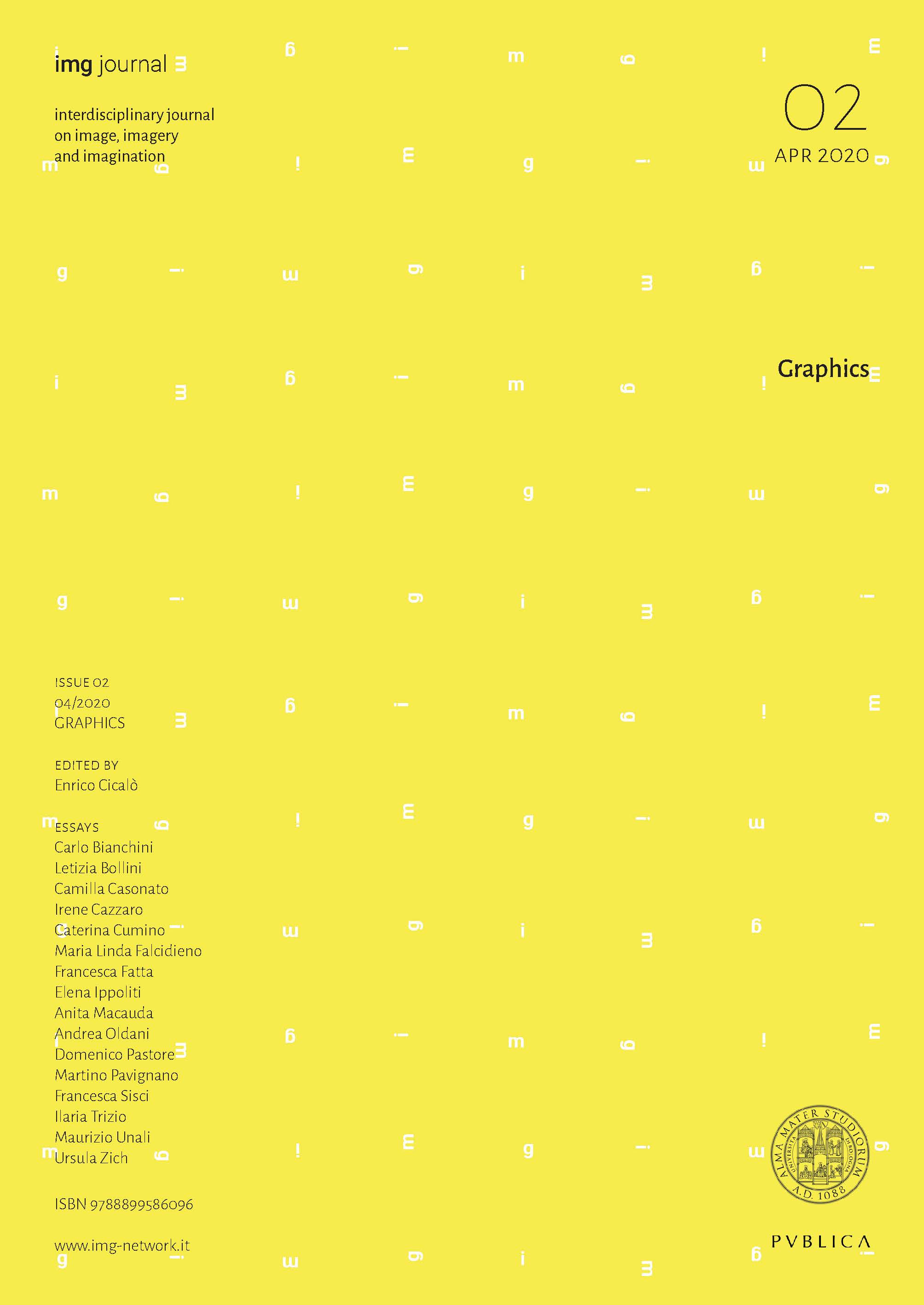img journal
Graphics
Editorial
The second issue of IMG journal publishes some in-depth contributions presented at the second IMG conference held in Alghero in 2019, after the first edition held in Brixen in 2017[1]. Although all the contributions have been already published in the proceedings of the conference[2], has emerged the need to deepen and to give more visibility to the debate on the topic of the conference, or the exploration of the graphic sciences and their role in contemporary society. Indeed, the IMG2019 conference was aimed to recompose the elements detectable in the international panorama of research in the fields of studies focused on the production of images; that can be labelled through the expression graphic sciences (Cardone 2016).


